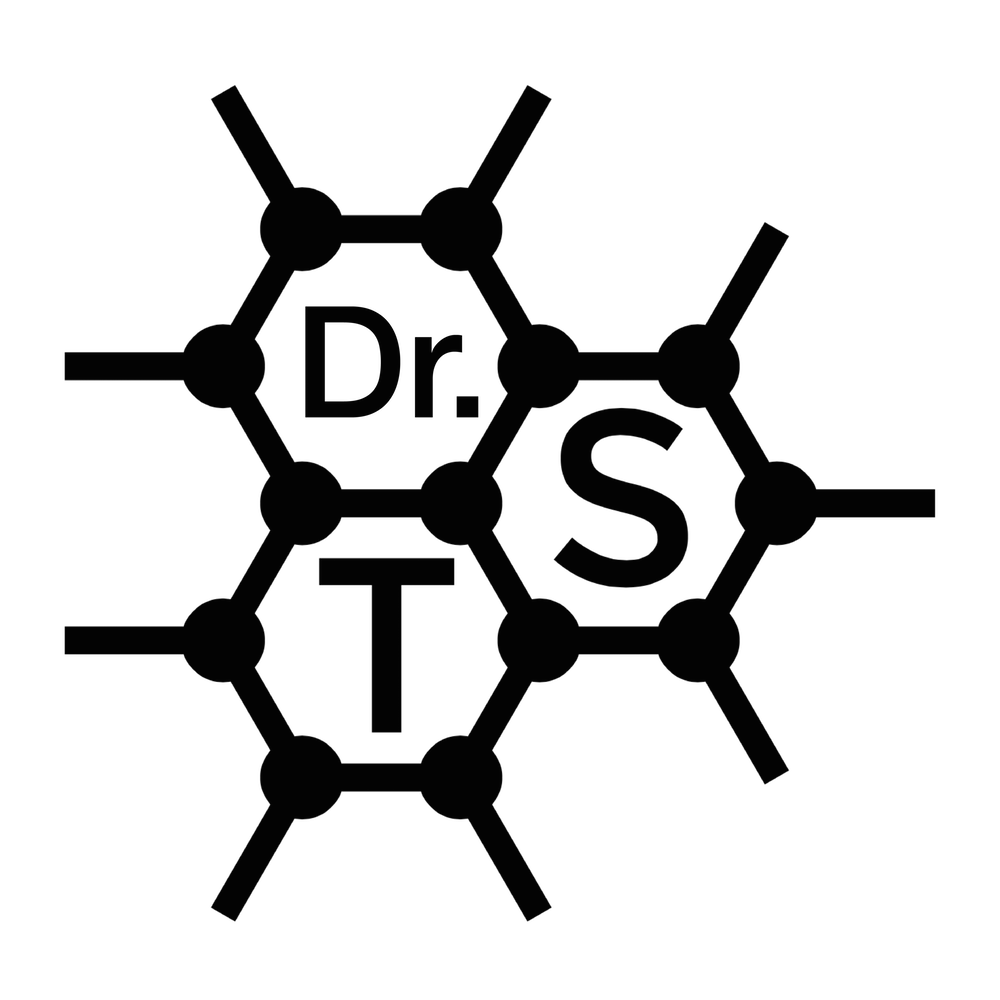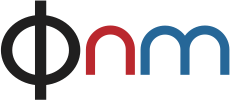To boldly go… publishing my grant proposal in RIO
/(The RIO Journal's first editorial provides good context for this undertaking. A press release on the publication can be found at RIO.)
I must be honest: it was an instinctively scary prospect to publish my grant proposal, even after being funded. It condenses years of toil and accumulated knowledge – as an early-career scientist, most of my career – into a mere twenty pages of text. A good proposal must contain sufficient detail so that expert reviewers can reasonably assess the validity and potential of its ideas to translate into scientific findings. Sharing it seems to entail the risk that someone could run with those ideas before you can, colloquially known as “scooping”.
However, we should acknowledge that in the modern age of instantaneous communication within specialized close-knit research communities, sharing a common language and attending the same conferences and workshops, the only way to truly guard against scooping would be to never publish, and, indeed, never even discuss one’s ideas. It should be obvious how counter-productive that would be to the progress of science! Surely we can strive to do better, even despite our (sadly ever more well-founded) career concerns?
In the case of this project, the main enabling research finding was published at the end of 2014 in Physical Review Letters as an open access article, and communicated by the eleven-person collaboration in dozens of scientific meetings in the months before and after the publication itself. At the same time, due to the project’s technical requirements, there are only perhaps a dozen research groups in the world that would be immediately placed to pursue the presented ideas. Further, those researchers frequent the same meetings and many are known to us personally.
Thus, once I had the chance to carefully weigh the potential pros and cons of going public with my proposal, and to discuss the idea with my close peers, I concluded that fears of scooping – at least due to publishing the proposal – very likely were unfounded. As Frank Herbert memorably wrote: "I will face my fear. I will permit it to pass over me and through me." And here we are, with my ideas and hopes publicly posted on the internet for all to read in RIO Journal! This, I believe, was the right decision for me, and while other situations may be different, I would simply urge to keep an open mind.
The actual process of publishing the proposal was quite straightforward. I had written the original project plan in the OS X word processor Pages, and simple copying and pasting into the ARPHA tool was painless. However, references and figures had to be re-inserted and cited by hand in the system (something that hopefully can be streamlined in the future). This took about an hour or two, but also allowed me to correct a couple of minor mistakes present in the original. In general, I made as few changes as possible before submitting the plan to RIO, as described in the article introduction.
Figure copyrights did pose somewhat of an unexpected challenge. I’m surely not alone in reusing figures from the literature to illustrate ideas in a grant proposal, naturally with the proper attribution. However, my first instinct of obtaining the standard RightsLink permissions to reproduce literature figures was not enough, as this would result in copyright problems especially for machine-read uses of the CC BY 4.0-licensed article. Thus, I went to the extra effort of emailing the authors to ask for original versions of their figures that do not fall under publisher copyright.
Although in an ideal world this would be unnecessary, in this particular instance and in less than a week, all the authors – including Mike Crommie and Chris Lutz, authors of the original quantum corral papers – were not only immediately willing to help, but offered their encouragement. Many of the peers I consulted on the plan to publish likewise expressed their heartfelt support. As a final touch, I passed a request through our funder to the grant reviewers to publish their original reports, both of whom consented. Reviewer A also chose to reveal their name, so in addition to the anonymous second referee, I can direct my most sincere thanks to Sokrates Pantelides – I’ll do my best to live up to their encouraging appraisals!
A detailed description of the research finding at the heart of the project, aimed at the general audience, can be read at my blog. The post concludes with a section of “shop talk” on the submission and peer review process, which may be of more interest to working scientists:
http://www.mostlyphysics.net/blog/2014/09/11/story-of-another-article
Link to the grant proposal published in RIO Journal:
http://dx.doi.org/10.3897/rio.1.e7479




